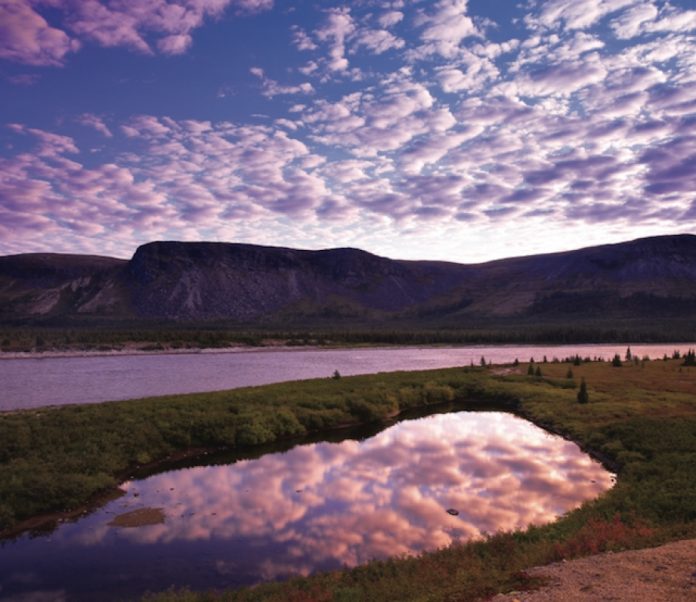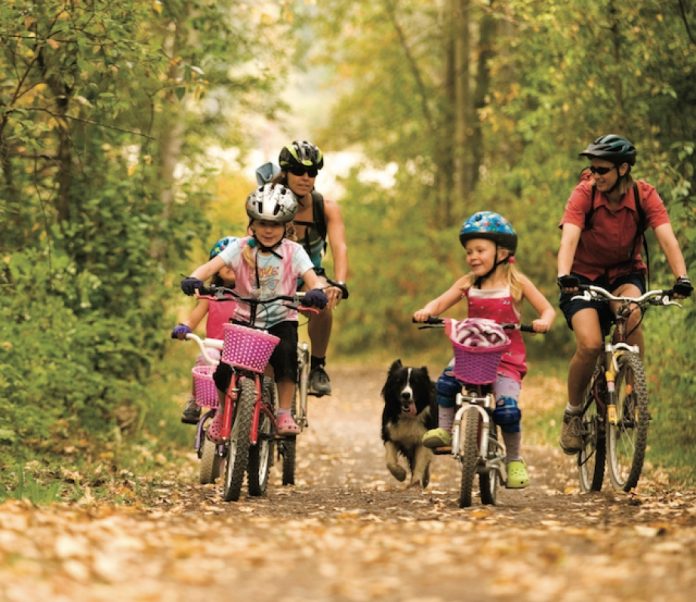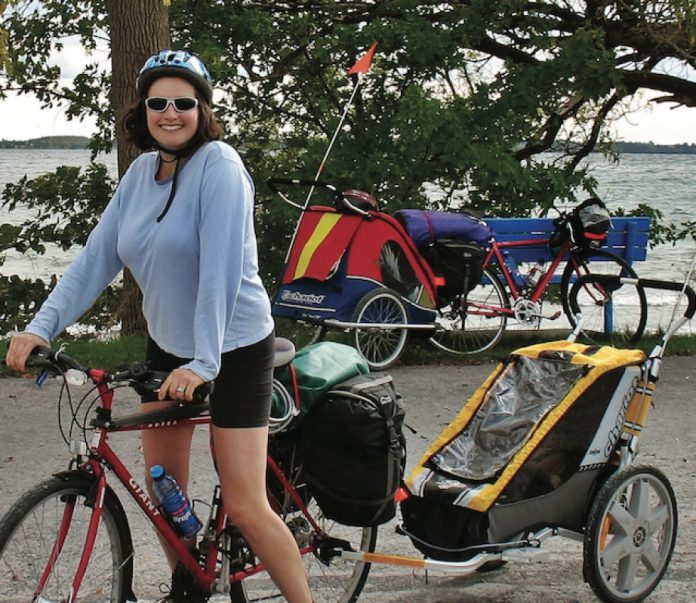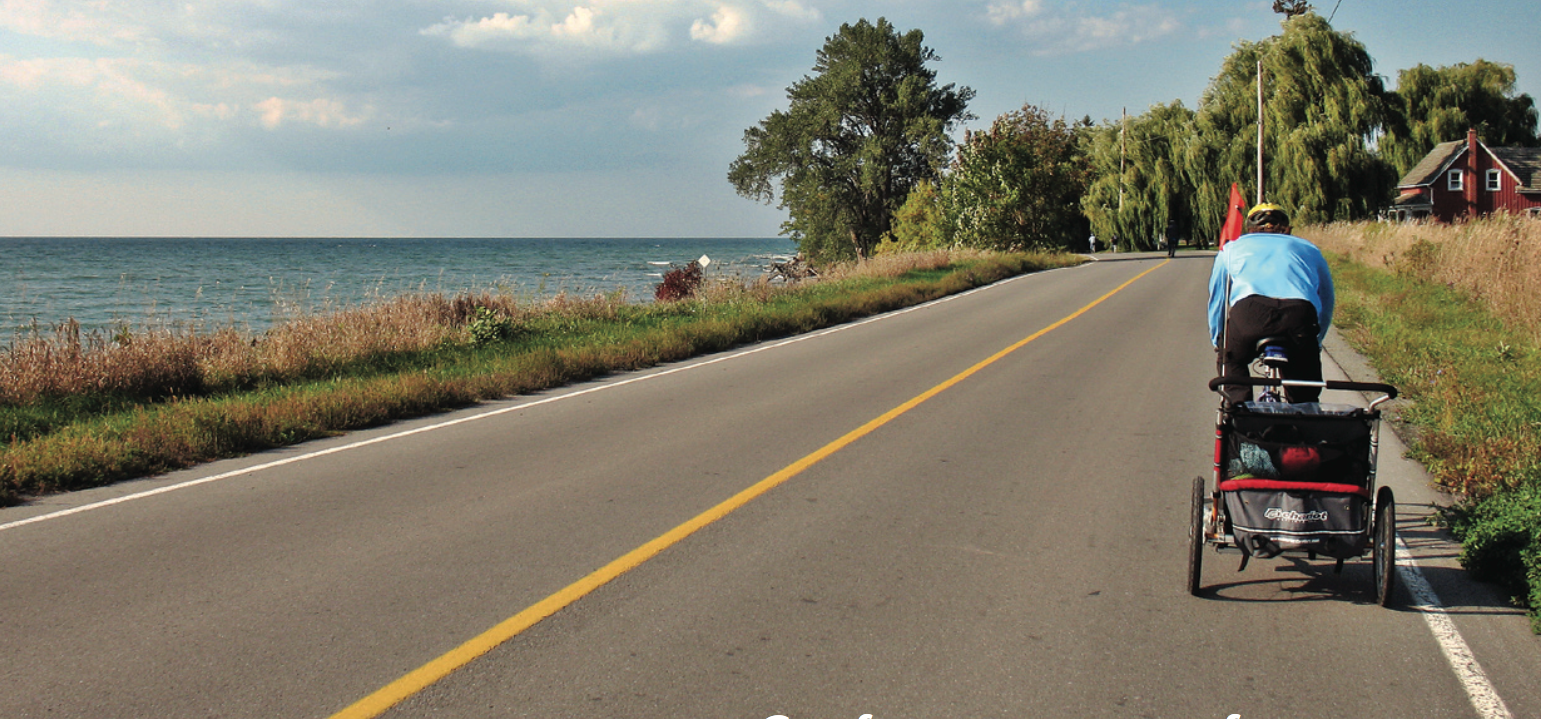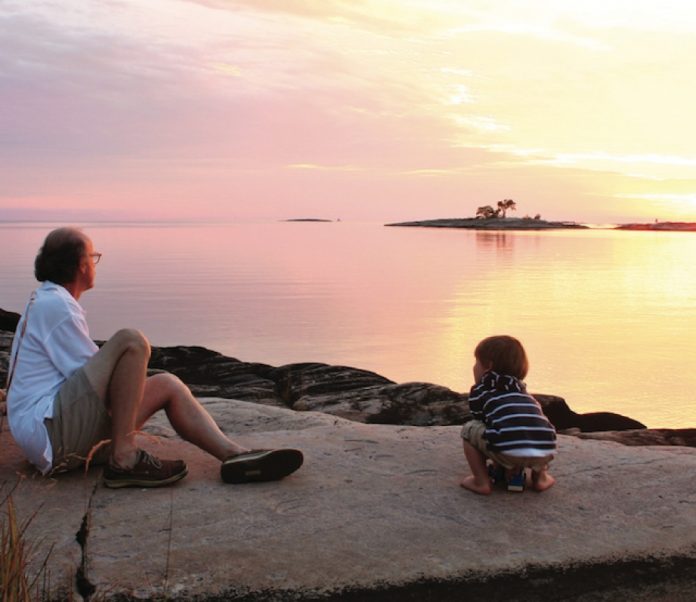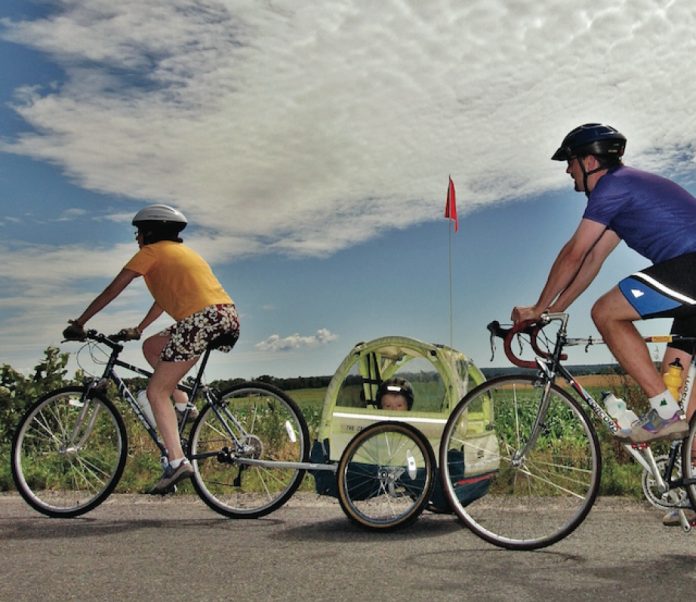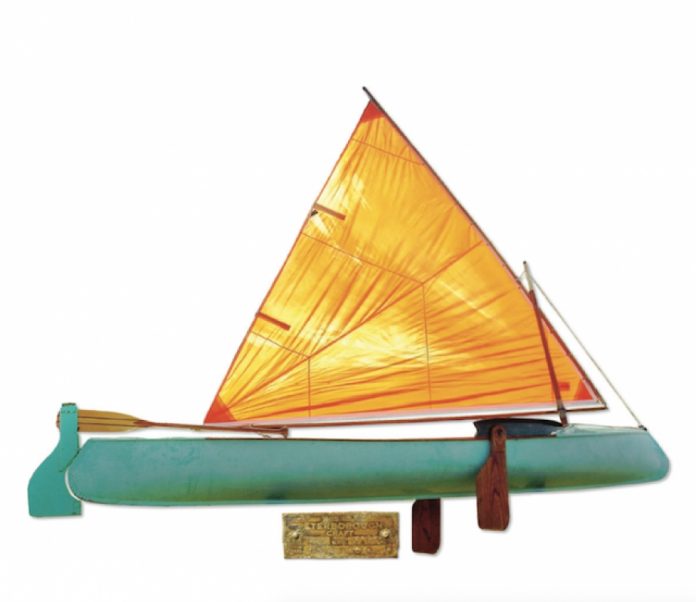Entering and exiting eddies can trick even the seasoned paddler into complacency if they are not paying attention or rust has coated their skills over time spent away from the river. MITH is a simple way to remember the breakdown of skills needed to execute eddy turns regardless whether you are in a kayak, OC1 or tandem. Much of what we teach in introductory canoe courses is a product of stories passed down from generation to generation, spread by oral tradition. Sometimes these skills are eventually written down in manuals, but sadly some of the greater meaning can be lost in the process. Take P.A.T. for example; the process of using power, angle and tilt to get into eddy pools. PAT is an oversimplification of the turning skill needed to get beginner paddlers across eddylines.
The concept of carving the canoe is missing from PAT. Modern MITHology introduces momentum, initiation, tilt and hold as the tools needed to unlock the secret behind carving supernatural eddy turns. MITH addresses the shortcomings of PAT and better describes the technique used by advanced paddlers to carve their canoes smoothly into eddy turns, s-turns and peel outs.
MOMENTUM combines an object’s mass and velocity. The amount of momentum required to carve an eddy turn depends on the friction you need to overcome to cross the eddyline and how far up the eddy pool you need to travel.
It’s better to think about eddy turns in terms of momentum rather than power because, for example, a tandem boat with very little speed, or power, can still carry plenty of momentum into a carve be- cause of its mass. PAT implies you must be powering or paddling forward, but really it’s not about you paddling, it’s about the canoe having enough momentum, either by you moving it forward or by the current doing it for you, or simply by the sheer mass of an ABs canoe moving toward the eddyline. In many cases you don’t need to be powering at all, because the canoe will have enough momentum just from the speed of the current and its own mass. So to carve a great eddy turn your canoe will need just enough momentum to cross the friction of the eddyline and carry you through the carving turn and up the eddy pool.
Every turn you perform has to begin with a carve. INITIATING a carving turn can be as straightforward as performing a stern pry or stern draw stroke, or as subtle as crossing the eddyline paddling an inside circle either on your on or off side and allowing it to tighten into a carving arc as you cross an eddyline. The critical product of this step is that you need to initiate a carve and set the canoe travelling an arcing path toward the eddy pool.
Only canoes that are TILTED on edge will carve turns. Canoes that are paddled into turns flat will spin out, or worse, flip over. A tilted hull presents the bottom of the hull partially slanted on its side, or edge, so that the water pushes the hull around the arc. This pushing effect on the hull is what causes the boat to carve. Different amounts of tilt
will change the shape of the arc as will different hull lengths and shapes. Regardless, your goal in a carving eddy turn is to paddle along an arcing path from out in the river, across the eddyline, and into an eddy pool. Tilting your canoe will help to maintain the carve.
Travelling from any point A to point B takes time. During a carving eddy turn you must HOLD your tilt throughout the duration of the manoeuvre. The moment the hull is allowed to flatten out, your carve will be lost and your canoe will begin to spin—your carving momentum changes into spin momentum and your crisp eddy turn will stall. holding the tilt is the key to success. Practice gripping your canoe’s outfit- ting with your legs, not just for a moment, but for long periods of time. In whitewater, holding your boat is as vital as holding your paddle. Only when your canoe slows and the turn is complete should you relax your tilt and allow the canoe to completely level out.
If you are already familiar with PAT then moving up to MITH will come easily. Momentum, initiation, tilt and hold are the next steps to getting your canoe carving smoothly into eddy pools. With a little practice, carving supernatural eddy turns will become less fiction and more modern MIThology.
Andrew Westwood is a frequent contributor to Rapid. He’s an open canoe instructor at the Madawaska Kanu Centre and a member of Team Esquif.



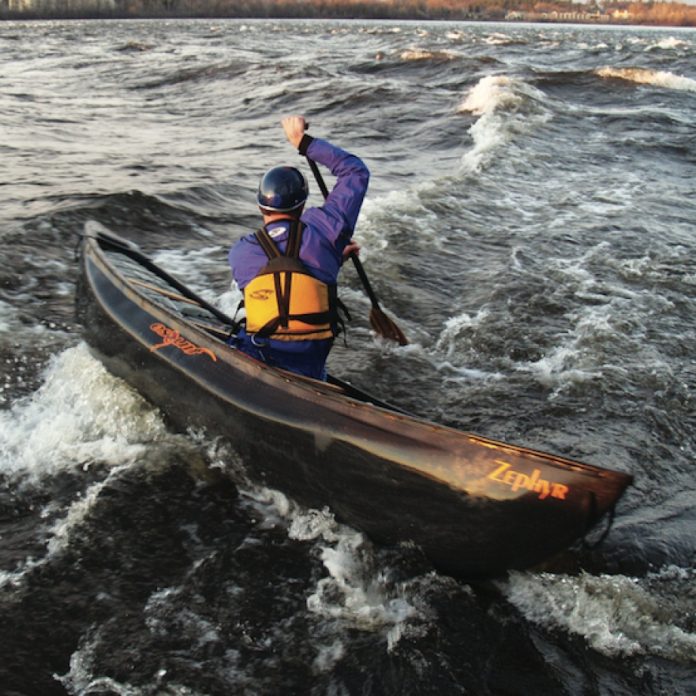
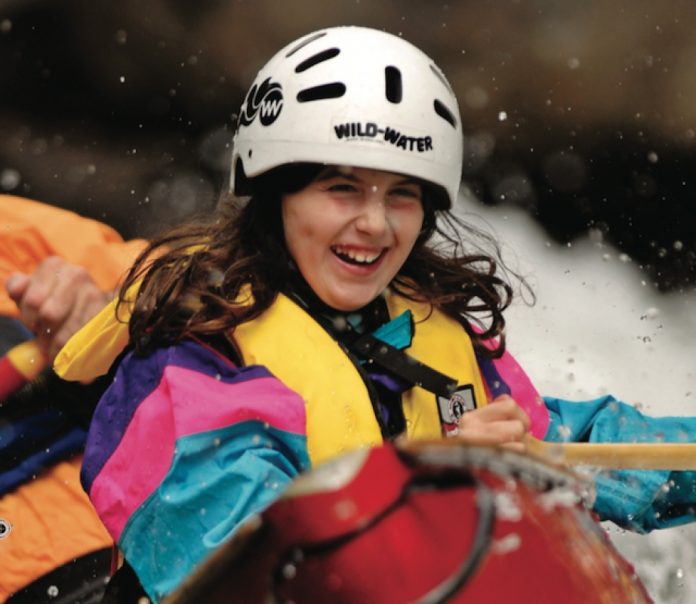
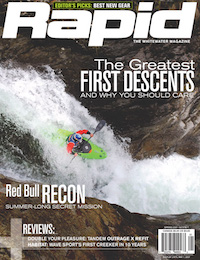 This article first appeared in the Spring 2007 issue of Rapid Magazine. For more great content, subscribe to Rapid’s print and digital editions
This article first appeared in the Spring 2007 issue of Rapid Magazine. For more great content, subscribe to Rapid’s print and digital editions 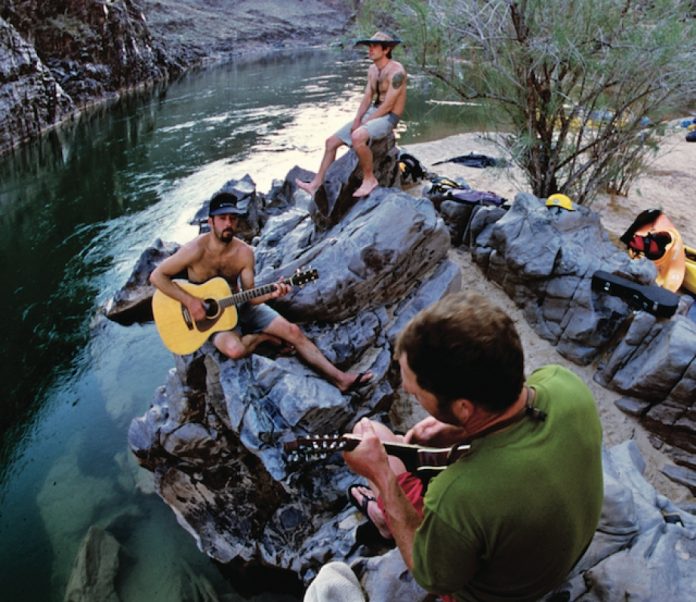
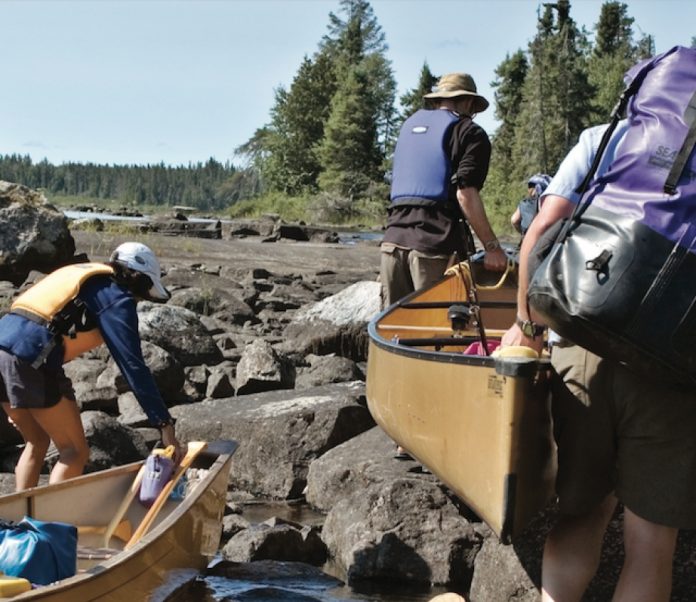
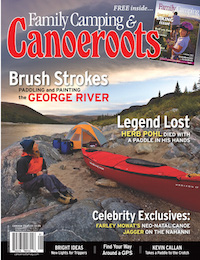 This article first appeared in the Spring 2007 issue of Canoeroots Magazine. For more great content, subscribe to Canoeroots’ print and digital editions
This article first appeared in the Spring 2007 issue of Canoeroots Magazine. For more great content, subscribe to Canoeroots’ print and digital editions 